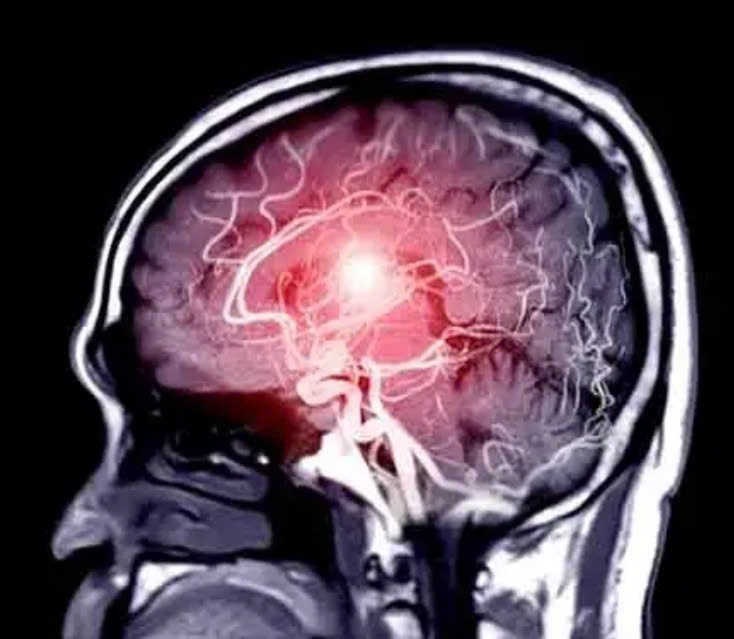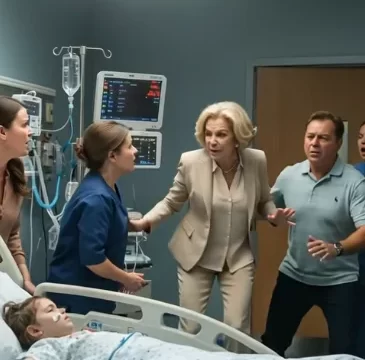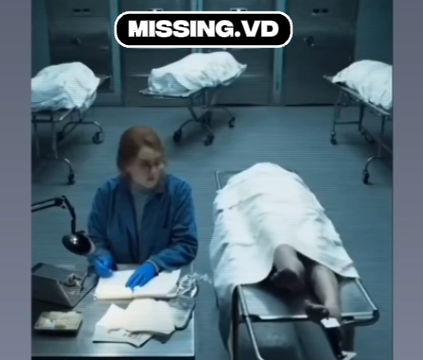Detecting the early signs of a brain aneurysm can be incredibly difficult. The symptoms often appear suddenly and may mimic those of less serious conditions, making it easy to overlook what could be a medical emergency. That’s why doctors and health organizations across the country are working hard to raise awareness about this life-threatening condition—because recognizing it early can mean the difference between life and death.

According to the Mayo Clinic, a brain aneurysm occurs when a weak spot in a blood vessel within the brain bulges or balloons outward. It’s often compared to a small berry hanging from a stem. While some aneurysms remain intact and cause no noticeable symptoms, others can leak or rupture, leading to bleeding inside the brain—a medical event known as a hemorrhagic stroke. In most cases, when a brain aneurysm ruptures, it happens in the space between the brain and the thin tissues that cover it. This type of bleeding is referred to as a subarachnoid hemorrhage, and it requires immediate medical intervention.
Medical experts warn that even small leaks or ruptures can have devastating effects. The pressure caused by the bleeding can damage surrounding brain tissue, interrupt vital blood flow, and lead to permanent neurological problems or even death if left untreated. That’s why awareness of the early warning signs is essential for timely diagnosis and treatment.
The Mayo Clinic lists several key symptoms that people should pay close attention to, especially if they appear suddenly. These include:
-
A sudden and extremely severe headache, often described by patients as “the worst headache of my life.”
-
Blurred or double vision.
-
Confusion or disorientation.
-
One pupil appearing larger than the other.
-
Drooping of one eyelid.
-
Fainting or temporary loss of consciousness.
-
Nausea or vomiting without an obvious cause.
-
Sharp or persistent pain around one eye.
-
Stiffness in the neck that makes movement difficult.
-
Sensitivity to light.
-
Seizures.
-
Weakness, numbness, or tingling on one side of the body.
While not everyone experiences all of these symptoms, the presence of several at once should be taken very seriously. The Brain Aneurysm Foundation emphasizes that headaches are often the first and most common sign of a leaking or ruptured aneurysm. If you or someone around you suddenly develops a severe headache unlike anything experienced before, do not ignore it. Seek medical attention immediately—call an ambulance or have someone drive you to the nearest hospital. Doctors strongly advise against driving yourself, as the condition can worsen rapidly.
@doctor.bing Signs of brain aneurysms that you should not ignore. *these symptoms are NOT specific or unique to brain aneurysms, but they can occur im patients with brain aneurysms. This is not medical advice, do not self diagnose, and please seek help from trained medical professional if you’re concerned about symptoms* #brain #aneurysm #stroke #brainhealth #headache #medical #education #medicalschool #medicalstudent #resident #neurology #neuro #neurologist #medicine #doctor #nurse #emergency #hospital ♬ original sound – Dr. Bing, MD MPH
When an aneurysm begins to leak but hasn’t yet fully ruptured, the situation is known as a sentinel bleed. The first indication is usually a severe headache that appears without warning and persists for days. This can be the body’s alarm signal that a rupture may be imminent. If medical help is sought during this stage, there is a good chance of preventing a full-blown hemorrhage and saving the patient’s life.
Despite decades of research, the exact cause of brain aneurysms remains uncertain. However, doctors have identified several factors that appear to increase the risk of developing one. Age and gender play significant roles—aneurysms tend to occur more often in older adults and are slightly more common in women than in men. Lifestyle choices also contribute. Long-term heavy smoking, excessive alcohol use, and the use of certain recreational drugs—particularly those that raise blood pressure—can all increase the likelihood of an aneurysm forming. Chronic high blood pressure itself is another major risk factor, as it puts constant stress on the walls of blood vessels, weakening them over time.
In some cases, a brain aneurysm may form after a traumatic head injury or as a complication of a blood infection. Certain inherited conditions, such as connective tissue disorders or polycystic kidney disease, can also make individuals more prone to developing aneurysms. Occasionally, people are born with a small weakness in an artery wall that remains silent for years until stress, illness, or other factors cause it to expand.
What makes this condition particularly dangerous is that many aneurysms remain undetected until they become large or rupture. Some may be discovered by accident during imaging tests performed for other reasons, such as an MRI or CT scan. When an unruptured aneurysm is found, doctors evaluate its size, shape, and location to determine whether surgery or careful monitoring is the best course of action. For small, stable aneurysms, lifestyle changes like quitting smoking, controlling blood pressure, and avoiding stimulant drugs can significantly reduce the risk of rupture.
Treatment options for ruptured or high-risk aneurysms typically involve surgical intervention. Two of the most common procedures are clipping and endovascular coiling. Clipping involves placing a small metal clip around the base of the aneurysm to stop blood flow into it. Coiling, on the other hand, uses a catheter to fill the aneurysm with soft platinum coils, preventing it from rupturing again. Both methods have saved countless lives, but their success depends on early detection and prompt action.
Doctors also stress the importance of routine checkups, especially for those with a family history of aneurysms or other vascular conditions. Genetic testing and imaging can help identify potential risks before symptoms develop. While the thought of a brain aneurysm can be frightening, knowledge and prevention remain powerful tools. By recognizing the warning signs and understanding your personal risk factors, you can take steps to protect yourself and your loved ones.
Ultimately, this condition reminds us of how fragile yet resilient the human body can be. A single blood vessel, smaller than a strand of hair, can hold the key to life or tragedy. But with increased awareness, better medical care, and proactive choices, more people are surviving and recovering from aneurysms than ever before.
If you ever experience an abrupt, severe headache or any of the symptoms listed above, don’t wait—trust your instincts and get medical help right away. Acting quickly could save your life or the life of someone you love.
Please share this article with your family and friends on Facebook to spread awareness about brain aneurysms. The more people know what to look for, the greater the chance of catching the warning signs before it’s too late.





